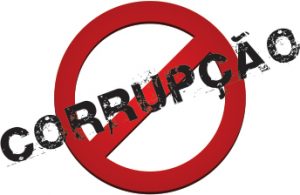CGU defines mitigating criteria in Anticorruption Law
To reduce the penalty, the Compliance program needs to prove its effectiveness; in investigations involving several companies, the first to collaborate will benefit from a leniency agreement
The Anticorruption Law (12.846, of 2013) and the Decree that regulated it (8.420 / 2015) defined the mitigations that must be taken into account when punishing companies convicted of corruption against companies or public bodies. Among the most important are the existence of an integrity program (compliance) and collaboration with investigations (leniency agreement). The Federal Comptroller General (CGU) has now established rules that detail these mechanisms. Ordinances 909 and 910 were published on April 8 in the Federal Official Gazette.
To be taken into account, companies will have to prove that their integrity programs already existed at the time of the harmful act and were effective. If compliance be considered “purely formal” and “absolutely ineffective”, its existence will have no effect on reducing penalties. To demonstrate effectiveness, companies will have to submit two reports: one on the company's relationship with public agencies and the other explaining the instruments of the integrity program.
In the first document, you will need to inform, for example, the contracts signed with government agencies and companies in the last three years and the frequency of contacts with public agents or their representatives. The second report should show how the training program works. compliance and include documents proving your activities, such as email history, audios and meeting minutes. It is also necessary to prove how the integrity program helped to reduce the damage in the investigated act itself. These rules are in addition to those that had already been listed by Decree 8.420, such as the number of training sessions and information on donations to political parties.
Leniency agreement
The CGU also detailed the process for the signing of the leniency agreement, which reduces the conviction of companies that take the blame and present documents, testimonies and other information to help clarify the case. The interested company must send a proposal for an agreement to the CGU Executive Secretariat, which will then create a commission with at least two servers to continue the process. The negotiations must take place in secrecy and, until the final document is signed, the company can withdraw at any time. CGU has the prerogative to reject the agreement, if it does not consider the collaboration relevant. In cases involving more than one company, being the first one willing to collaborate will have a special value in the Controllership's decision.
In addition to the ordinances, CGU also published two normative instructions with criteria for punishing the company. One of them determines how the corporation's gross revenue will be considered, which serves as the basis for calculating the fine. The definition will occur according to your tax profile. The other regulates the registration of information about the convicted company in the National Register of Unlawful and Suspended Expenses (CEIS) and in the National Register of Punished Companies (CNEP) by public bodies.




